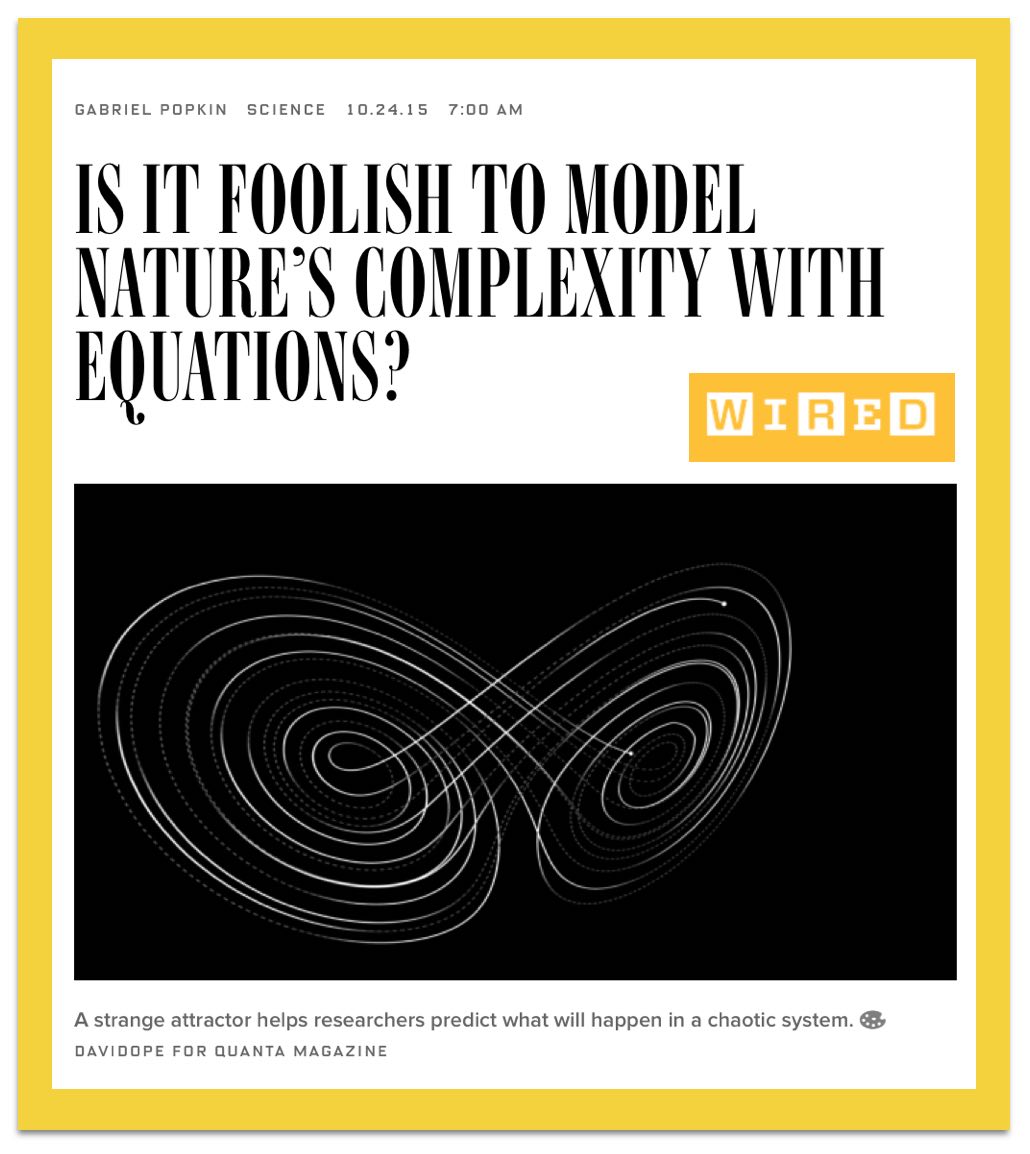Tag: nonlinearity
Dissipation and Displacement of Hotspots in Reaction-Diffusion Models of Crime [PNAS]
From the abstract… “The mechanisms driving the nucleation, spread, and dissipation of crime hotspots are poorly understood. As a consequence, the ability of law enforcement agencies to use mapped crime patterns to design crime prevention strategies is severely hampered. We also lack robust expectations about how different policing interventions should impact crime. Here we present a mathematical framework based on reaction-diffusion partial differential equations for studying the dynamics of crime hotspots. The system of equations is based on empirical evidence for how offenders move and mix with potential victims or targets. Analysis shows that crime hotspots form when the enhanced risk of repeat crimes diffuses locally, but not so far as to bind distant crime together. Crime hotspots may form as either supercritical or subcritical bifurcations, the latter the result of large spikes in crime that override linearly stable, uniform crime distributions. Our mathematical methods show that subcritical crime hotspots may be permanently eradicated with police suppression, whereas supercritical hotspots are displaced following a characteristic spatial pattern. Our results thus provide a mechanistic explanation for recent failures to observe crime displacement in experimental field tests of hotspot policing.”


